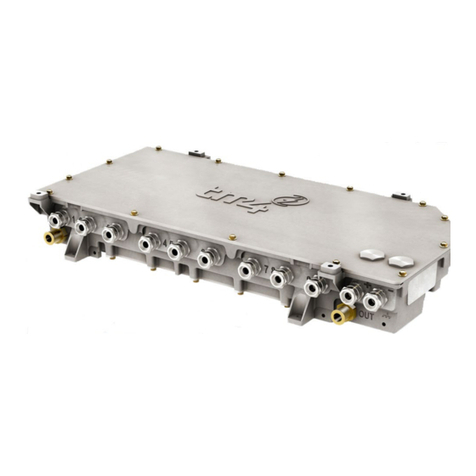
FOREWORD
This manual has been prepared to provide the customer and the maintenance personnel with
information and instructions on the maintenance and repair of the Spicer Off Highway Products.
Extreme care has been exercised in the design and selection of materials and manufacturing of these
units. The slight outlay in personal attention and cost required to provide regular and proper
lubrication and inspection at stated intervals, and such adjustments as may be indicated will be
reimbursed many times in low cost operation and trouble free service.
In order to become familiar with the various parts of the product, it’s principle of operation,
troubleshooting, and adjustments. It is urged that the mechanics study the instructions in this
manual carefully and use it as a reference when performing maintenance and repair operations.
Whenever repair or replacement of component parts is required, only Spicer Off Highway Products
approved parts as listed in the applicable parts manual should be used. Use of “will fit” or non-
approved parts may endanger proper operation and performance of the equipment. Spicer Off
Highway products does not warrant repair or replacement parts, nor failures resulting from the use
of parts which are not supplied or approved by Spicer Off Highway Products. Important: Always
furnish the distributor with the serial and model number when ordering parts.
CAUTION
To reduce the chance of personal injury and/or property damage, the following
instructions must be observed.
Proper service and repair are important to the safety of the service technician and the safe, reliable
operation of the machine. If replacement parts are required the part must be replaced with one of
the same part number or with an equivalent part. Do not use a replacement part of lesser quality.
The service procedures recommended in this manual are effective methods of performing service and
repair. Some of these procedures require the use of tools specifically designed for the purpose.
Accordingly, anyone who intends to use a replacement parts service procedure or tool, which is not
recommended by SOHPD, must first determine that neither his safety nor the safe operation of the
machine will be jeopardized by the replacement part, service procedure or tool selected.
It is important to note that this manual contains various ‘Cautions’ and ‘Notices’ that must be
carefully observed in order to reduce the risk of personal injury during service or repair, or the
possibility that improper service or repair may damage the unit or render it unsafe. It is also
important that these ‘Cautions’ and ‘Notices’ are not exhaustive, because it is impossible to warn of
all the possible hazardous consequences that might result from failure to following these instructions.
1





























